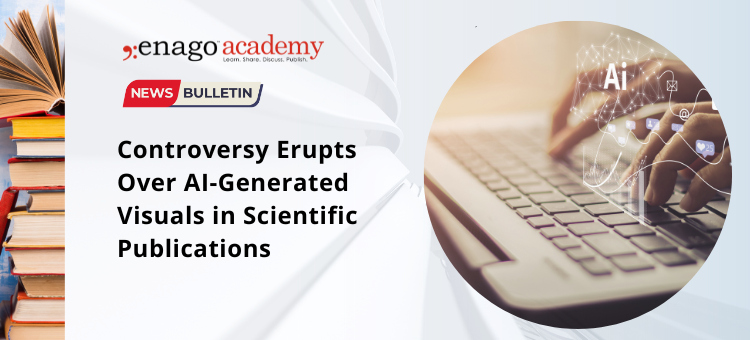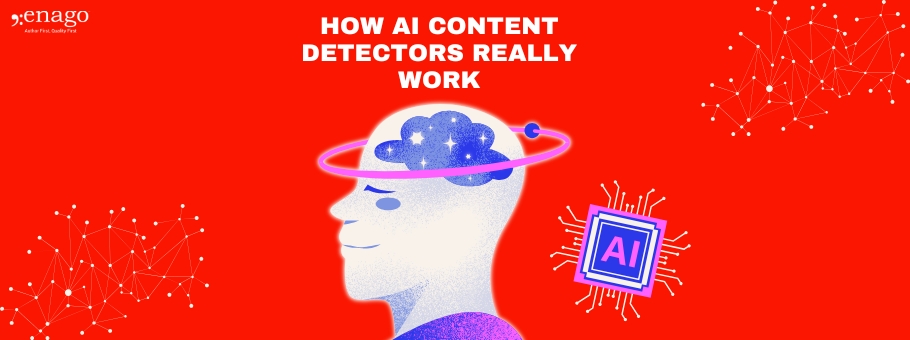Controversy Erupts Over AI-Generated Visuals in Scientific Publications

In recent months, the scientific community has been grappling with a growing trend: the integration of artificial intelligence (AI) technologies into the production of scientific content. While AI holds promise for streamlining processes and enhancing visualization, its adoption has sparked debates surrounding accuracy, integrity, and the potential for misinformation.
The emergence of text-to-image and text-to-video AI tools has rapidly transformed the landscape of scientific communication. Researchers are increasingly turning to platforms like Midjourney, DALL-E, and Sora to generate visuals and animations for their papers and presentations. However, concerns have been raised regarding the reliability of AI-generated content.
Recent incidents have highlighted the pitfalls of unchecked AI integration in scientific publications. One such case involved a Swiss journal’s publication of an article featuring anatomically incorrect AI-generated images, including a depiction of rat genitalia that raised eyebrows and sparked widespread debate. This incident prompted widespread criticism and raised questions about the efficacy of peer review processes in detecting such errors. Instances of misinformation and fraudulent practices have further fueled the controversy surrounding AI-generated content.
Moreover, the proliferation of AI-generated content has raised concerns about scientific integrity and the potential for fraudulent practices. With the ability to produce convincing images and data, there is a fear that unscrupulous actors could exploit AI tools to fabricate research findings, undermining the credibility of scientific literature.
In response to these challenges, publishers are grappling with the question of how to regulate the use of AI in scientific publications. Some journals have implemented stringent guidelines, while others have opted for outright bans on AI-generated visuals. The debate surrounding AI’s role in scientific communication highlights the need for robust oversight and accountability measures to uphold the integrity of research.
As the scientific community navigates the complexities of AI integration, the emphasis remains on promoting responsible usage and ethical oversight. Collaborative efforts are underway to develop guidelines and standards that safeguard the integrity of scientific inquiry while harnessing the transformative potential of AI technology. Ultimately, the goal is to ensure that AI enhances, rather than undermines, the pursuit of knowledge in the scientific community.








